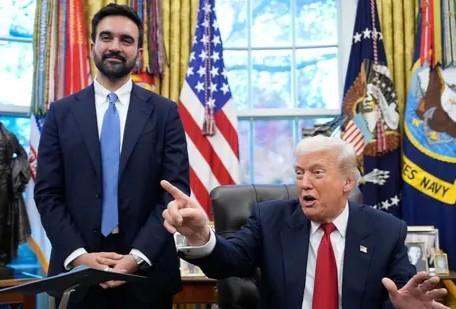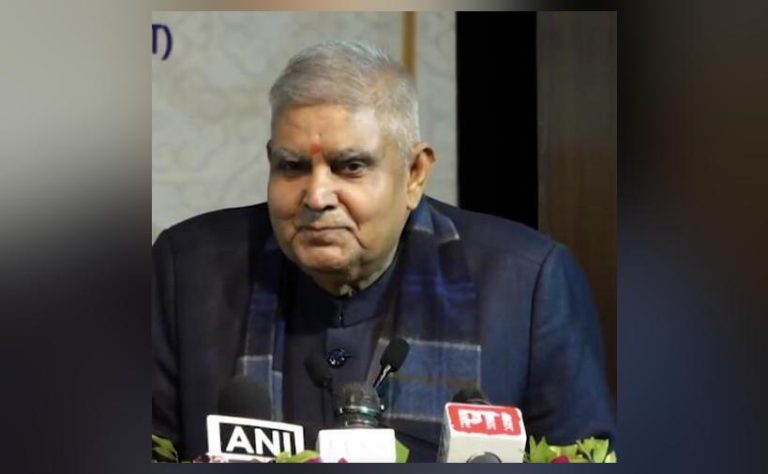
Highest rise in voters in Bengal’s border districts since 2002 SIR
The voter landscape in West Bengal has undergone a significant transformation since 2002, when the Summary Revision of Electoral Rolls (SIR) was conducted. According to an Indian Express report, the number of registered voters in the state has risen by a staggering 66% over the past two decades. This increase is particularly pronounced in the border districts of Bengal, where nine out of the top 10 districts with the highest voter increase share a border with Bangladesh.
The data from the Election Commission of India (ECI) reveals a fascinating trend, with the border districts of West Bengal witnessing a steep rise in the number of registered voters. The districts of North 24 Parganas, South 24 Parganas, Nadia, Murshidabad, and Malda have all seen a significant increase in voter registration, with some areas experiencing a rise of over 80% since 2002.
The Bharatiya Janata Party (BJP) has been quick to seize on this trend, claiming that it is proof of “Muslim infiltrators” crossing over from Bangladesh and settling in West Bengal. The party has long been vocal about its concerns over illegal immigration from Bangladesh, and the latest voter data has given them fresh ammunition to attack the ruling Trinamool Congress (TMC) government.
However, the TMC has countered the BJP’s claims, arguing that the rise in voter registration is actually a result of Hindu refugees fleeing persecution in Bangladesh and settling in West Bengal. The TMC has long been accused of being soft on illegal immigration, and the party is keen to turn the tables on the BJP by highlighting the plight of Hindu refugees.
The debate over voter registration and illegal immigration is a highly sensitive and contentious issue in West Bengal, with both parties seeking to exploit it for their own electoral gain. The TMC, which has been in power in the state since 2011, is facing a stiff challenge from the BJP in the upcoming assembly elections, and the voter registration issue is likely to be a key battleground.
The ECI data shows that the border districts of West Bengal have seen a significant increase in voter registration, with North 24 Parganas witnessing a rise of 83.6% since 2002. South 24 Parganas has seen a rise of 78.5%, while Nadia has experienced an increase of 76.4%. Murshidabad and Malda have also seen significant increases, with rises of 74.2% and 73.4% respectively.
The BJP has been quick to pounce on these figures, claiming that they are proof of large-scale illegal immigration from Bangladesh. The party’s state president, Dilip Ghosh, has accused the TMC government of turning a blind eye to the issue, and has demanded that the state government take action to prevent further illegal immigration.
However, the TMC has hit back at the BJP, arguing that the rise in voter registration is actually a result of Hindu refugees fleeing persecution in Bangladesh. The party’s leader, Mamata Banerjee, has accused the BJP of trying to divide the people of West Bengal along communal lines, and has argued that the TMC government has done more to help Hindu refugees than any previous government.
The issue of voter registration and illegal immigration is a complex and sensitive one, and it is likely to remain a key issue in the run-up to the assembly elections in West Bengal. With both parties seeking to exploit the issue for their own electoral gain, it remains to be seen how the debate will play out in the coming months.
In conclusion, the rise in voter registration in West Bengal’s border districts is a significant trend that has important implications for the state’s politics. While the BJP has sought to exploit the issue by claiming that it is proof of “Muslim infiltrators,” the TMC has countered by arguing that it is actually a result of Hindu refugees fleeing persecution in Bangladesh. As the debate continues to rage, one thing is clear: the issue of voter registration and illegal immigration will be a key battleground in the upcoming assembly elections in West Bengal.






